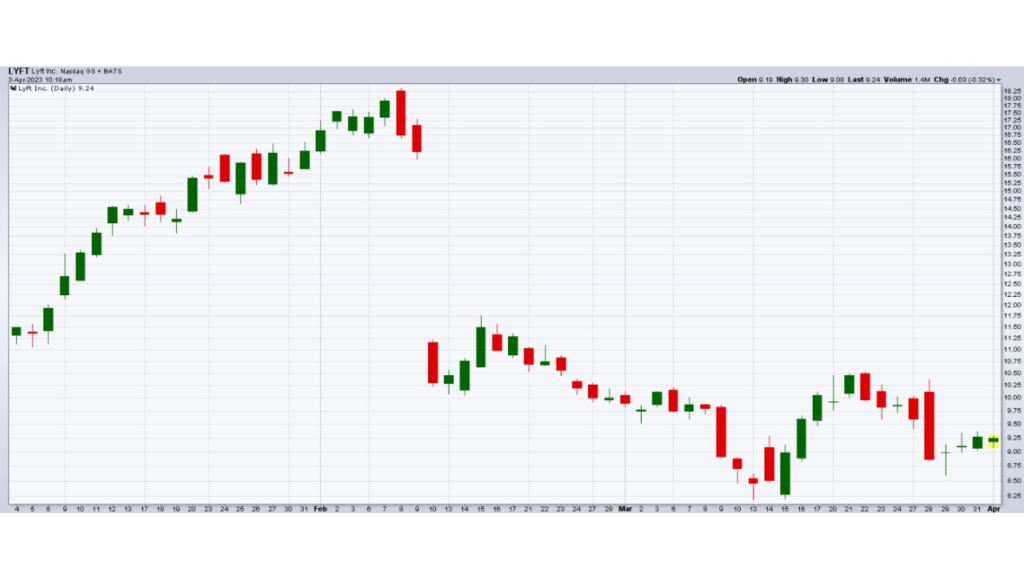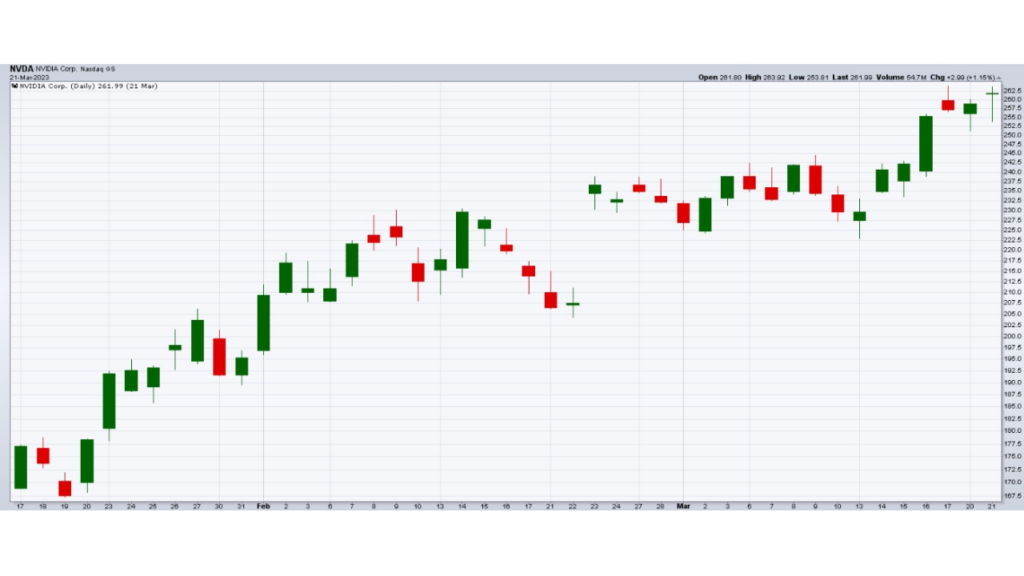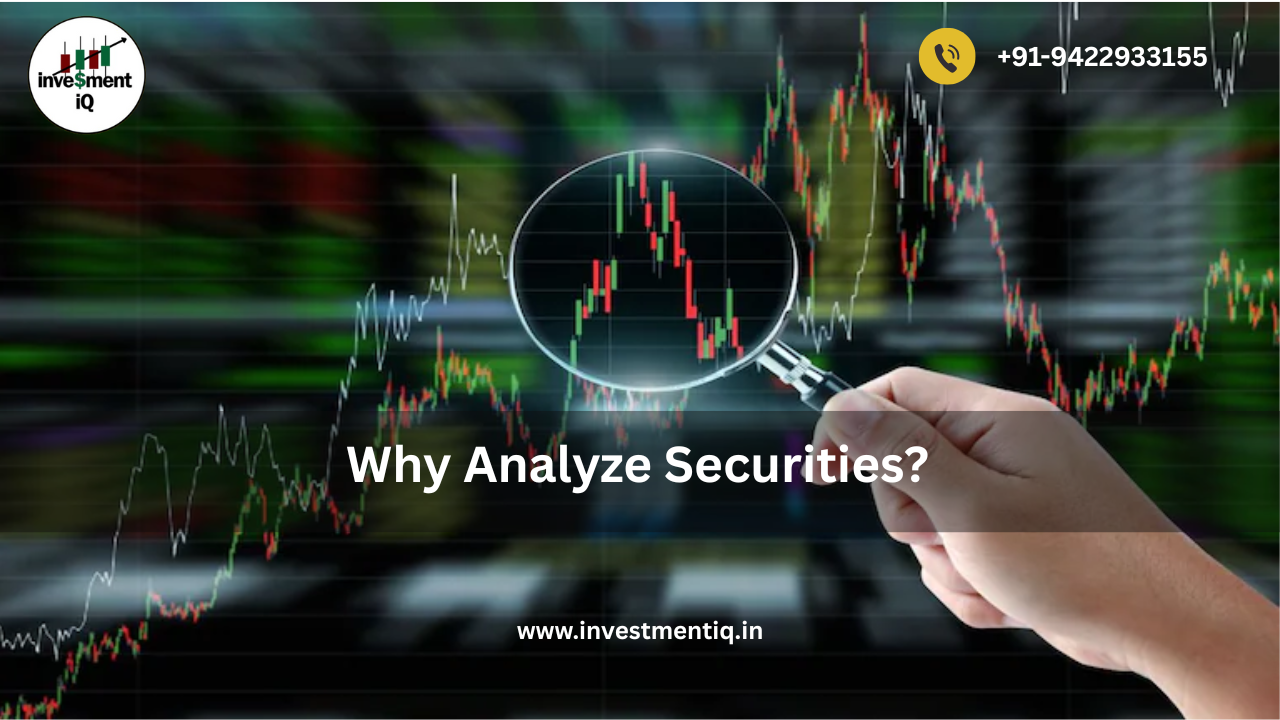Why Analyze Securities?
This thorough book will help you understand the stock market and why it is crucial for any investor to analyze equities. Investigate the various analysis methods and choose wisely while making investments.
Security Analysis: Does it Matter?
The goal of the many analysts, strategists, and portfolio managers employed by Wall Street is to outperform the market. The purpose of hiring analysts is to identify cheap stocks. To forecast the path of the market and other industries, strategists are employed. To put everything together and beat their benchmark, which is often the S&P 500 index, portfolio managers are employed. It’s safe to conclude that roughly 75% of equity mutual funds underperform the S&P 500, despite the fact that there are several research and disagreements over this topic. Given these statistics, isn’t it better for individual investors to just buy index funds instead of trying to outperform the market?
Market analysis can be done in a variety of methods. Analysis’s additional value depends on the individual:
- A fundamental analyst believes that analyzing strategy, management, product, financial statistics, and many other readily and not-so-readily quantifiable numbers will help choose stocks that will outperform the market. They are also likely to believe that there’s little-to-no value in analyzing past prices and that technical analysts would be better off stargazing.
- The technical analyst believes that the chart, volume, momentum, and an array of mathematical indicators hold the keys to superior performance. Technicians are just as likely to believe that fundamental data is complete hogwash.And then there are the
- Random Walkers who believe that any attempt to try and outwit the market is futile.
Who do you trust, then? Is it worthwhile to invest time and energy in fundamental analysis? Are the technicians all quacks? Or is it all a lesson in futility at random? By examining the efficient market hypothesis and determining the positions of fundamentalists, technicians, and random walkers with respect to market efficiency, we may start to address these issues. Following our exploration of this topic, we will examine the random walk theory, technical analysis, and fundamental analysis in further detail.
Are Markets Efficient?
The issue of market efficiency is where the argument over the usefulness of analysis starts. What does a stock or security’s price mean? Does the current price of an investment represent its fair value? Do there exist anomalies that give investors and traders the chance to outperform the market by identifying stocks that are overpriced or undervalued?

Is there information in stock prices?
An efficient market can be defined in a variety of ways. According to Aswath Damodaran of New York University’s Stern Business School, an efficient market is one in which the market price is an objective assessment of the investment’s actual worth. While that is accurate, it is also oversimplified. The current security price is the fair value and accurately reflects all available information in an efficient market.
In this ideal situation, the price represents the total of all market players’ opinions, whether they be bullish, bearish, or otherwise. The market absorbs new information by changing the price of securities by moving them up (buying) and down (selling). Since the market decided on a price for the purchase and sale of the security, the price is therefore the fair value. Although deviations above and below fair value are feasible in an efficient market, they are regarded as random. The price ought to fairly represent fair value over time.
According to the idea, it should be nearly impossible to consistently outperform the market if markets are efficient. Although there will be variations and times when assets are overpriced or underpriced, these anomalies will vanish as soon as they arise, making it nearly hard to make money off of them.
Based on their experience, the majority of investors concur that there are anomalies in the market and that some traders and investors do better than the market. Three levels of market efficiency have been distinguished from one another. Additionally, these three levels align with the ideologies of random walkers, technologists, and fundamentalists.
Strong Form: Technicians
According to the Strong Form of market efficiency theory, all available information is reflected in the present price. Whether or not the public or upper management has access to this information is irrelevant; if it does, it is reflected in the present price. Investors and traders won’t be able to identify or take advantage of inefficiencies based on fundamental information because the price already takes into account all relevant information. Pure technical analysts typically hold that all information is captured in the price and that the markets are Strong Form efficient.
Semi-Strong Form: Random Walkers
According to the Semi-Strong variant of market efficiency theory, the current price takes into account all information that is now accessible. Annual reports, SEC filings, earnings reports, announcements, and other pertinent data that is easily obtained will probably be included in this section. However, not all of the information is easily accessible to the general public, therefore the pricing does not accurately reflect all of the information. Among others, insiders, rivals, suppliers, contractors, and regulators may possess this information. When information is kept secret from the public and the only option to make money is by employing information that the public does not yet know, there are anomalies. This is referred to as insider trading at times. Prices instantly change as soon as this information is made public, making it nearly hard to profit from it.virtually impossible to profit from such news.
Weak Form: Fundamentalists
According to the Weak Form of market efficiency theory, the current price is merely a mirror of previous prices and does not represent the fair value. Furthermore, technical experts are sorry, but previous or present prices cannot be used to predict the future price. Supporters of Weak Form market efficiency, fundamental analysts think that financial models can be used to determine a security’s actual value based on easily accessible data. These models will assist in identifying anomalies because the current price does not necessarily represent fair value.
Which Form Exists in the Market Today?
Security prices are thought to be semi-strongly efficient by many academics. Remember that the term “semi-strong efficient” suggests that the price reflects all available information, making it nearly hard to take advantage of variations from the genuine value based on available data. The pricing will only change in response to fresh information.
There appears to be evidence in favor of this claim based on how numerous stocks have responded to news events.Information now moves more quickly, and new developments are taken into account right away. A good or negative surprise has the power to drastically alter a security’s price. Here are several examples:
After Reporting Earnings Below Expectations
After announcing weak guidance during its earnings call on February 9, 2023 (after the close), Lyft shares fell from $16.22 to close at $10.31 the following trading day.

Price action after weak guidance from an earnings release.
After Positive Guidance
Even though NVDA reported slightly higher revenue and net income in their Q4 earnings report on February 22, 2023, strong guidance saw NVDA stock gap up from $207.50 to close at $236.60 the following trading day.

NVDA’s stock price rose after strong guidance during an earnings call.
These are just a few examples but they demonstrate how new information can move the price of a security in non-random ways.
you may be interested in this blog here:




